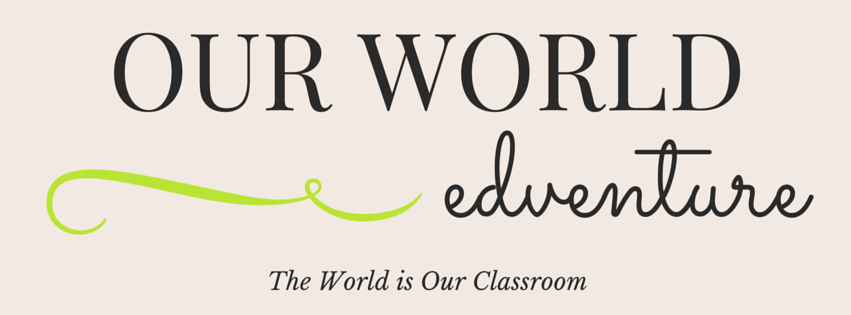While wandering the streets of Chiang Mai, Thailand, Ryan and I had an unintentional cross-cultural edventure.
We passed an alleyway with a direct view of a neighborhood Buddhist Temple. Thai temples are topped with elaborate rooflines including beautiful roof peak finials. This particular temple had a gap between the roofing before the peak finial.
Shockingly, while we watched, thick black smoke was billowing out of that gap under the peak of the roof. Clearly, the local temple was on fire!
We knew fire was a big concern of Buddhist temples. Some, like the Doi Suthep Temple complex pictured above, have outdoor pavilions for offerings of burning incense or lit candles. We had even visited a temple that had an onsite outdoor lawn reserved for funeral pyres for cremation. Temples take fires and fire safety very seriously.
We looked down the alleyway, but no one was outside with a view of the temple on fire! No one else had noticed! We had to tell someone! We had to save the temple!!

I saw a security guard just inside the front doors of a nearby bank and gesticulated wildly enough that he followed us into the opening of the alleyway. We pointed at the black smoke now pouring out all around the top of the roof and asked, “Fire?!?”
He looked at the smoke and simply said one word that summed up our cultural misunderstanding….
“Dead.”
He shook his head as he turned toward us with a small smile and repeated, “Dead,” as he turned to go back into the bank.
The lightbulb went off in my head as I realized our cross-cultural learning moment…. “Ohhhhhhh… it must be cremation day at the local temple! Crisis averted.”
So much learning about Buddhism and Thai culture synthesized in just one word: DEAD. Thailand has a rich culture around death and the dead.
The Lively Thai Culture That Surrounds the Dead
More than 90% of Thai citizens are Buddhist. As such, cremation is the primary form of releasing the physical body of a deceased loved one. Nevertheless, the dead are continuously, actively, vibrantly, and intentionally honored.
Many Buddhist Thai homes and businesses have small “spirit houses” outside for honoring ancestors. These spirit houses can be quite elaborate and colorful reproductions of Thai homes or temples with the architectural flare that epitomizes Thai architecture. Families tend these spirit houses with care, ensuring their ancestors have all their needs met including traditional offerings of food, incense, candles, and flowers.

But Thai honoring of the dead doesn’t stop there: modern departed loved ones have modern needs! Every marketplace seemed to have elaborate and detailed paper replicas of modern conveniences, technology, and fashions ready to offer to ancestors through presenting the items then burning them for safe transfer into the presence of the dearly departed.

Did Grandma have a fondness for Fendi sunglasses? Did Father love his iPhone? Did Mother have a predilection for her Prada purse?

Did chain-smoking Uncle meet his end from Lung Cancer? He can now enjoy a cigarette cancer free after death.

Death is particularly meaningful for Thai citizens this year. Their beloved King Rama IX died in 2016 after decades of honorable and good leadership. The entire country is in mourning for a full year! During the first month of mourning, the entire populace wore only black out of respect for the King’s death. And now, although it has been several months since King Rama IX died, many Thai continue to honor him by wearing black, especially in Bangkok.


Honoring the dead is, ironically, a lively aspect of Thai culture! We are so thankful that our initial alarm to see the smoke rising from the temple ended up being unnecessary, just business as usual at the local Buddhist temple!







Leave a Reply